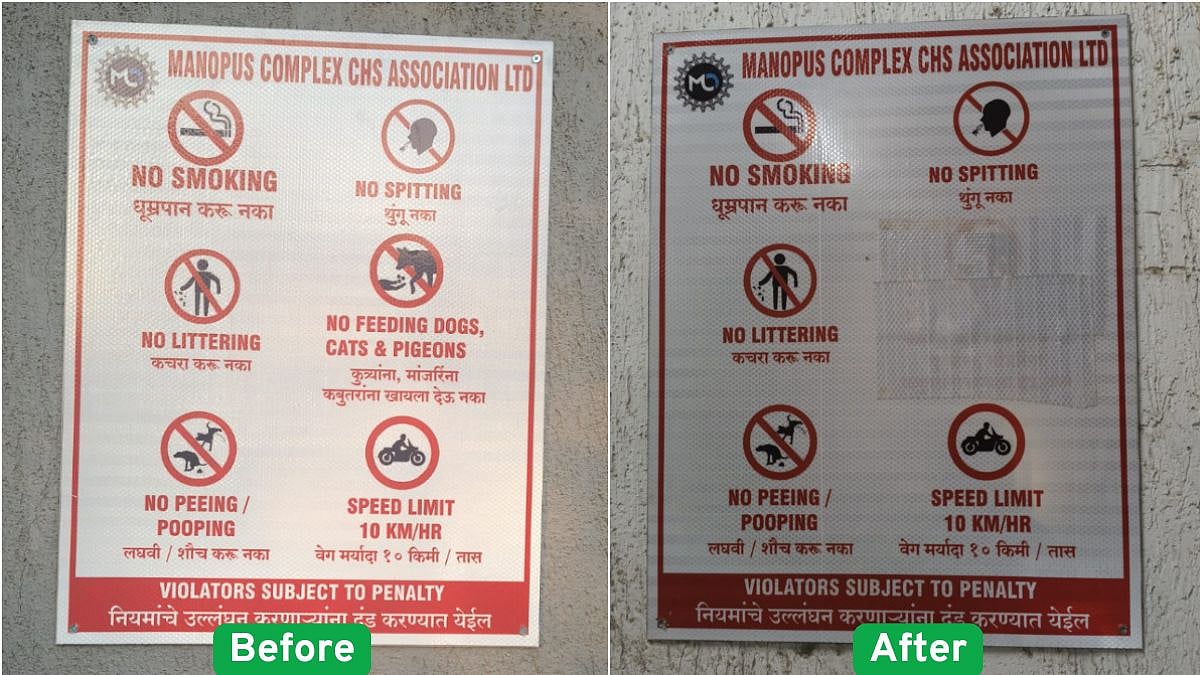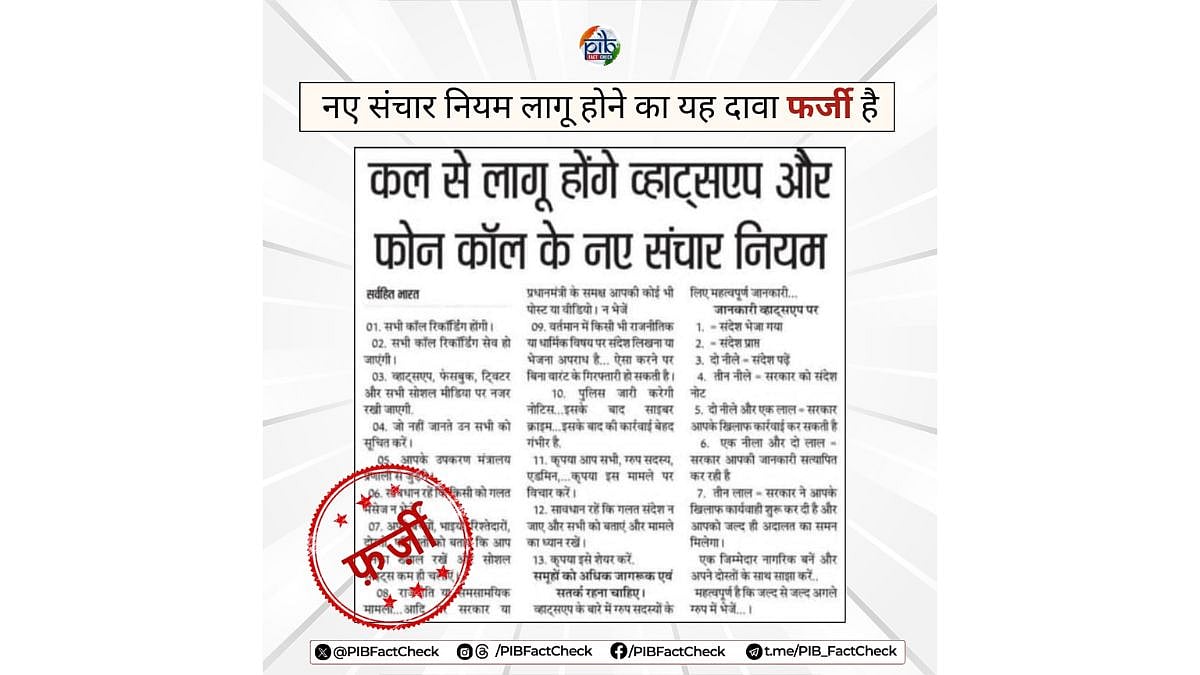In today's era, aviation presents numerous opportunities for collaboration between human expertise and machine intelligence, taking center stage in the industry. As aviation grapples with advancing technologies, the imperative for a seamless synergy between human pilots and sophisticated machine systems is not just an option but a necessity.
In a recent interview, we sat down with Ramona Devi, a seasoned professional whose contributions to flight control have left an indelible mark on the field. With a career spanning diverse projects, Ramona provides unique insights into the challenges and opportunities presented by human-machine collaboration in flight control.
In her remarkable career, Ramona Devi has played pivotal roles in shaping the trajectory of flight control technologies. From designing and testing Vertical Take-Off and Landing (VTOL) vehicles at Archer Aviation to developing rocket motor test pads at Space Technology and Aeronautical Rocketry, her journey is a testament to her breadth of experience. As a graduate research assistant at Pennsylvania State University, she honed her skills in implementing control systems for rocket pitch angle management and crane speed regulation. At IIIT Delhi’s Space Systems Lab, Ramona's expertise extended to designing autopilot systems for spacecraft, creating PID controllers for satellite attitude control, and developing guidance, navigation, and control (GNC) systems for rockets and missiles.
However, it was her role at Vedanta Resources Ltd. that delved into the critical intersection of human judgment and machine precision. Integrating fault detection in turbine-generator units, Ramona emphasizes the importance of human-machine collaboration in enhancing the reliability of complex systems. Her work on autonomous flight control for VTOL drones, with a focus on advanced control algorithms, underscores the forward-looking nature of her contributions.
Ramona's expertise lies in recognizing the unique strengths of both humans and machines, fostering a collaborative approach rather than a substitutionary one. In the interview, she articulates a central theme: the balance between human judgment and machine precision is key to unlocking the full potential of flight control systems.
The core insight from her work is a celebration of human intuition and decision-making abilities, especially in unpredictable circumstances where programmed responses may fall short. While advanced flight control systems bring precision and consistency, Ramona highlights that the innate skills of human pilots remain unmatched, requiring a careful calibration of roles in the cockpit.
The delicate equilibrium in human-machine collaboration is particularly evident in routine tasks and redundancy handling. Ramona's experience at IIIT Delhi’s Space Systems Lab revealed how automation of standard procedures allows machines to alleviate the cognitive load on pilots, enabling them to focus on critical aspects of flight management. However, she warns against the over-reliance on automation, stressing the need for a careful balance to prevent skill degradation among pilots.
She also mentioned a worry about pilots getting too comfortable with too much automation. Ramona argues that maintaining a balance where automation enhances pilot performance without diminishing their skills is essential. Drawing from her experience in developing training programs and simulations for spacecraft and missile control systems, she advocates for continuous preparedness to ensure pilots can seamlessly take control in unforeseen situations.
User-friendly interfaces emerge as another crucial aspect of successful human-machine collaboration. Ramona's time at Vedanta Resources Ltd. taught her that the effectiveness of interaction heavily relies on how easily humans can understand and engage with machine systems. Clear interfaces and feedback mechanisms, she emphasizes, are indispensable for efficient collaboration.
Looking ahead, Ramona Devi sees immense potential in the integration of artificial intelligence (AI) and machine learning in flight control systems. These technologies not only automate tasks but can also learn and adapt to new situations, offering greater assistance to pilots. However, she underscores the need for robust testing and validation frameworks to address ethical considerations and ensure safety and reliability.
In conclusion, Ramona Devi advocates for a collaborative approach where human expertise and machine intelligence harmonize to advance flight safety, efficiency, and the overall air travel experience. As the aviation industry hurtles towards a future where innovation is the norm, her insights serve as a compass, guiding the evolution of human-machine interfaces in flight control systems. In this delicate dance between human intuition and machine precision, the aim is not substitution but a harmonious collaboration that propels aviation into a new era of safety and efficiency.









